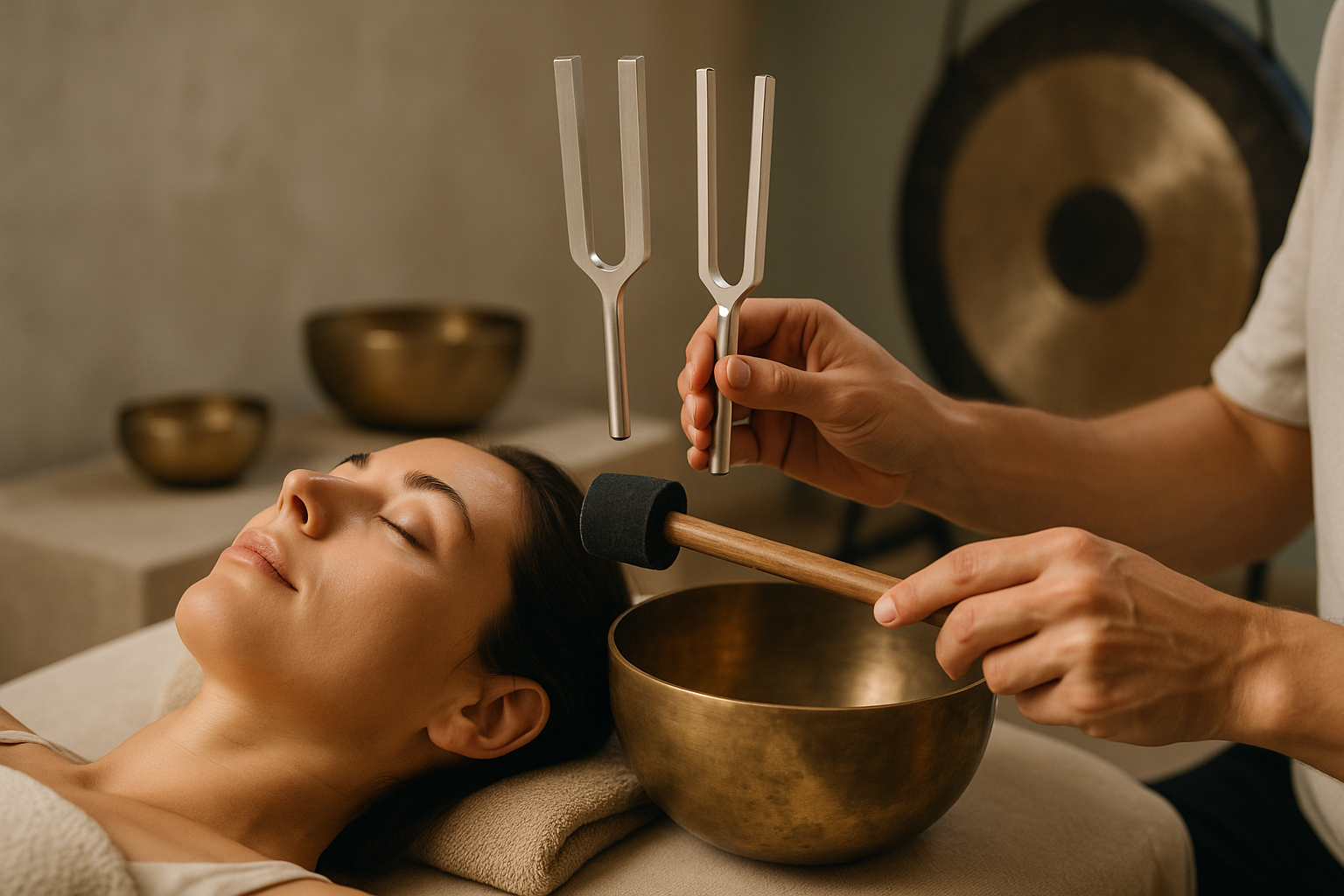Revitalizing Wellness: The Evolution and Impact of Sound Therapy
Wellness, as a concept, is ever-evolving, taking on various forms and permeating through different sectors of our lives. From nutrition to fitness, to skincare, each aspect of wellness has taken a dynamic turn over the years. One such compelling avenue that has seen a steady rise in popularity is sound therapy, an ancient practice with a modern twist. This article delves into the historical context, current trends, and the potential of sound therapy in the beauty and wellness industry.

A Historical Perspective of Sound Therapy
The use of sound as a healing mechanism goes back thousands of years, with ancient civilizations like the Greeks and Egyptians incorporating it into their healing rituals. For them, sound was a divine gift that had the power to restore harmony to the body and mind. Over the centuries, this belief has remained consistent, with various cultures using music and sound as a means of promoting well-being.
In the 20th century, the scientific community began to explore the therapeutic effects of sound. In the 1960s, French otolaryngologist Dr. Alfred Tomatis developed the Tomatis Method, a type of sound therapy that aimed to improve listening and communication abilities. His research sparked interest in the field, leading to further studies and advancements in sound therapy.
The Modern Resurgence of Sound Therapy
Fast forward to today, and sound therapy is experiencing a resurgence. Wellness enthusiasts and professionals alike have begun to embrace the use of sound bowls, tuning forks, and gongs in their routines. The global pandemic has only heightened this interest, as people seek ways to manage stress and promote well-being while confined at home.
Several wellness centers and spas have introduced sound therapy sessions, capitalizing on the growing demand. The market for sound therapy is expanding, and experts predict significant growth in the coming years.
Sound Therapy: Benefits and Industry Impact
Sound therapy has been associated with various health benefits. It has been known to reduce stress and anxiety, improve sleep, increase focus, and promote feelings of tranquility. By using sound frequencies, it aims to restore balance to the body’s energy fields, promoting overall well-being.
In the beauty industry, sound therapy’s potential is being explored in skincare routines. Some experts suggest that the vibrations produced by certain sounds can stimulate collagen production and improve skin health. While more research is needed in this area, the possibilities are exciting.
Navigating the Evidence-Based Claims
While sound therapy’s benefits are widely touted, it’s essential to approach it with a critical eye. Some claims, like those suggesting it can cure diseases, are not currently supported by scientific evidence. However, research does suggest that sound therapy can contribute to overall wellness and stress management.
It’s important to remember that sound therapy should not replace conventional treatments but can be used alongside them to enhance health and well-being. As always, individual experiences with sound therapy will vary, and what works for one person may not work for another.
Final Thoughts: The Future of Sound Therapy
As the wellness industry continues to evolve, so does our understanding of practices like sound therapy. While it’s not a cure-all solution, its potential benefits in stress relief and overall well-being cannot be ignored.
The current trend suggests that sound therapy will continue to grow in popularity, finding its place in wellness routines and even beauty regimens. As we navigate through this modern world, the ancient practice of sound therapy serves as a reminder of the timeless connection between wellness and harmony.




